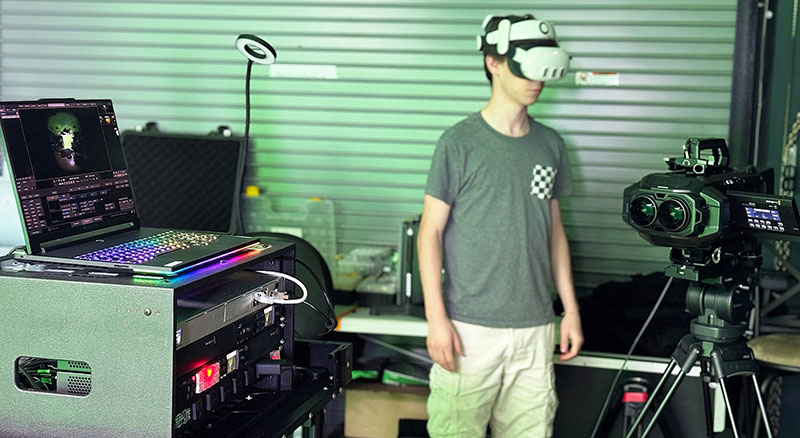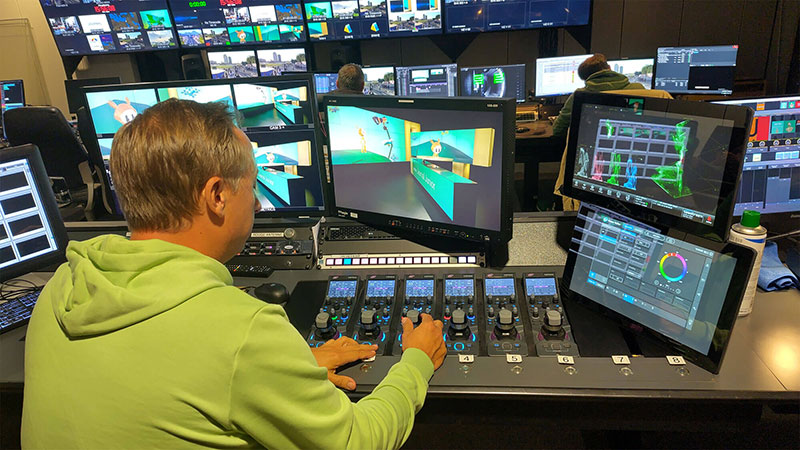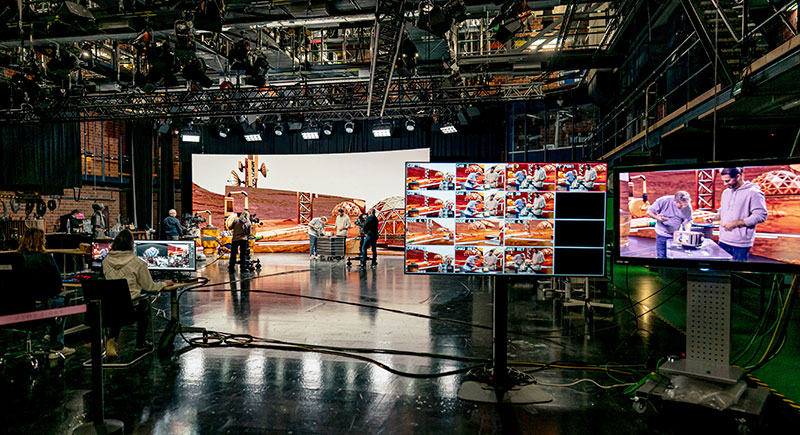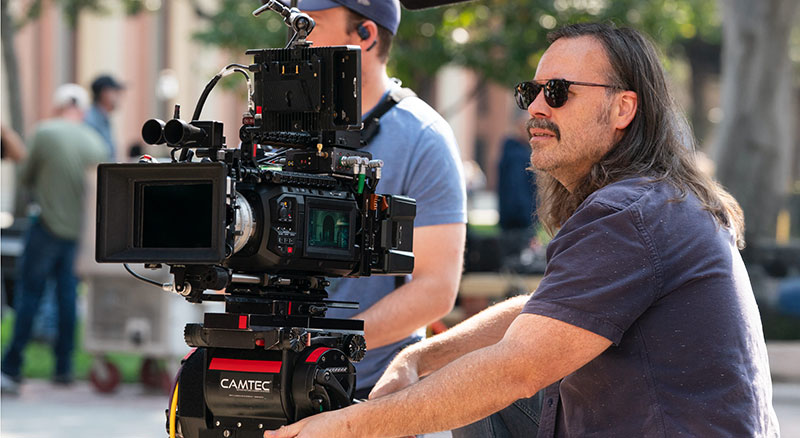Canon expands two professional camera lines, launching the EOS R6 Mark III, a new stills and filmmaking camera, and the CR-N400 and CR-N350, two 4K PTZ models for remote production.

Canon has expanded two of its professional camera lines with the launch of the EOS R6 Mark III, a new stills and filmmaking camera, and the CR-N400 and CR-N350, two 4K PTZ models for remote production.
Canon’s new EOS R6 Mark III is a high-quality stills camera with professional filmmaking features for photographers whose work ranges from sports and wildlife to weddings and portraits. Moving from the EOS R6 Mark II, the EOS R6 Mark III includes upgrades in resolution, tracking and connectivity, and adds choice alongside the existing EOS R5 and EOS R6 models. The camera is due for release in Australia from late November 2025.
Resolution, Speed and Reliability

The EOS R6 Mark III balances resolution, speed and reliability, making it adaptable to a range of photography styles. With a new 32.5 megapixel full-frame sensor and 40fps continuous shooting, it captures more detail than the EOS R6 Mark II. It can maintain high frame rates, and has a buffer capable of handling up to 150 RAW images in a single burst when using CFexpress cards.
For resilience and flexibility, the camera has customisable controls and weather-sealing to help integrate it into creative workflows supporting sports and wildlife, events, landscapes and portraits.
The EOS R6 Mark III handles low light with an ISO range up to 64,000 for clean, detailed images even in dark, challenging conditions. In effect, the in-camera crop modes extend the camera’s reach – useful for wildlife and sports – and up to 8.5 stops of combined image stabilisation keep handheld shots sharp and steady.

This camera also has a lower storage requirement than the EOS R5 line, resulting in a balance between file size and performance that supports faster workflows, eases storage requirements and still delivers excellent image quality.
Tracking Features
Several of the improvements developed for the EOS R6 Mark III directly address high-pressure events like sports matches, weddings and red carpets. Improved tracking algorithms are able to lock onto moving subjects – such as trains, airplanes and horses – more easily, for example, and the Register People Priority function allows users to pre-select 10 faces for priority tracking. To avoid missing critical frames, pre-continuous shooting records 20 frames in H+ mode before the shutter is pressed, in full RAW, JPEG or HEIF.
On the video side, the EOS R6 Mark III has features to help photographers who are in the process of expanding into video, recording 7K RAW Light footage up to 60p, detailed oversampled 4K 60p with cinematic motion, and 4K 120p for slower, more dramatic results. Full HD 180 fps recording is also available for creative slow-motion effects.
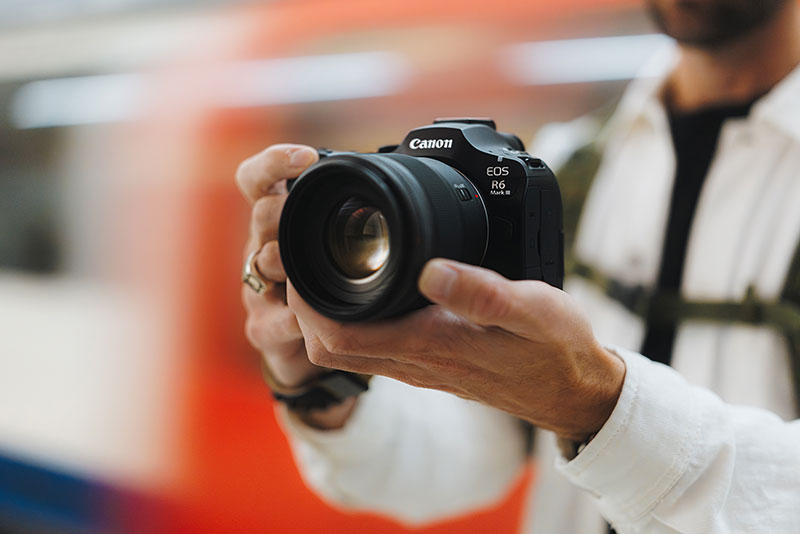
Open Gate Mode
Shooting in Open Gate mode captures the entire sensor's output and allows more flexibility in framing, stabilisation and post-processing when content needs to be repurposed across platforms. The EOS R6 Mark III also supports pro-level tools including waveform monitor, proxies, metadata tagging, full-size HDMI and 4-channel audio.
The EOS R6 Mark III introduces workflow updates as well. Dual aspect markers can be used to frame for multiple platforms in one shot, and the control tab is redesigned with options to customise aspects of the shooting experience. For better organisation and security, dual card slots support UHS-II SD and the fast, high-capacity CFexpress Type B cards. Built-in wireless connectivity is included for quick, secure file transfers, with support for 5 GHz Wi-Fi5 and Bluetooth 5.1.
Remote Production - CR-N400 and CR-N350 PTZ cameras
Canon is also set to launch the CR-N400 and CR-N350 in January 2026. The two 4K and HDR-capable PTZ models emphasise connectivity and control to support remote productions.

As well as image quality, the CR-N400 and CR-N350 give operators, studios and event producers more versatility and cinematic results from remotely operated systems. They both run on the DIGIC DV7 processor, record up to 4K UHD at 60fps and output material for HDR deliverables.
Engineered for broadcast professionals, the CR-N400 features HDR imaging controls to help users maintain detail and colour fidelity in low lighting conditions. Its 40x Advanced Zoom in Full HD, or 20x optical zoom in 4K, increases its usability inside large venues at live events.
Multicamera and Live Workflow Integration
The professional-grade interfaces include 12G-SDI, time code, genlock and dual XLR inputs, easing integration into multicamera environments, live studios and Outside Broadcast setups that need high quality images, even under demanding conditions.
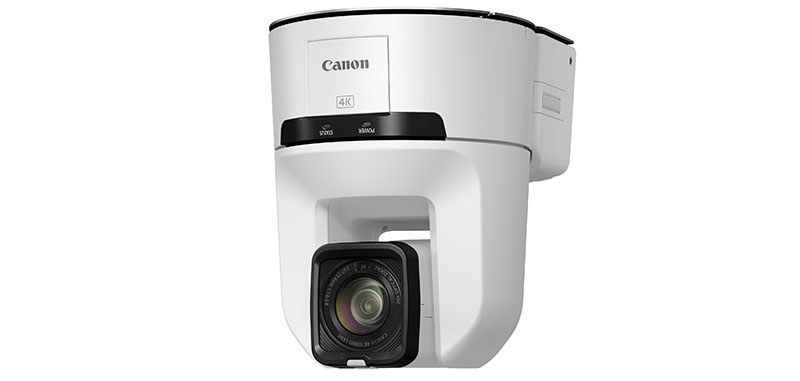
Building on the features of the CR-N300, the CR-N350 combines streaming workflows with image performance. Equipped with the same sensor size as the earlier model, but powered by the DIGIC DV7 processor, it delivers 40x Advanced Zoom in Full HD with precise auto-tracking, making it a suitable choice for capturing lectures, corporate communications and hybrid events produced for both live and streaming viewers. Intelligent pan-tilt tracking keeps presenters in frame, even as they move across frame.
Streaming Support
Its capabilities give users better control, support streaming via IP and allow flexible integration across modern production systems, generating versatile content from a single live feed. The connectivity options allow direct integration with NDI|HX2, SRT, FreeD, RTP/RTSP, RTMP/RTMPS, Canon XC Protocol and Standard Communication for flexible operation. Its simultaneous landscape and vertical format streaming makes it especially useful for hybrid events, social platforms and live commerce operations.

The two cameras’ image quality, performance and adaptability for different production environments increase their production potential. With these new models, Canon contributes to the on-going evolution of remote and hybrid production. www.canon.com.au










